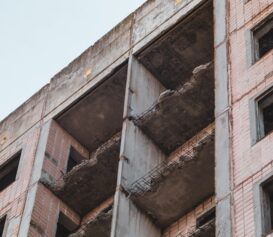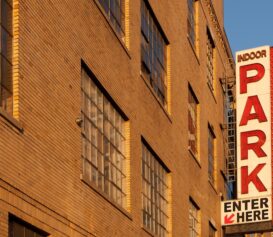This month, the City Council passed a new law requiring the DOB to report on violations for specific buildings. Here’s what that’ll look like going forward:
Council Bill Insights & Context
Generally, this new law is part of a larger package of related legislation on what needs to happen in the wake of fires at residential properties:
- HPD relocation assistance after fires
- Law requiring Mayor to designate agency responsible for assisting displaced residents
- Resolution calling on NY State to pass similar regulations
- Another resolution calling on NY State for duration of loss of rent insurance payments
The previous iteration of this specific bill included requirements to correct most DOB violations within 30 days. This is also reflected in the hearing transcript & testimonials from city agencies and organizations.
Some proposals did not make it into the final, passed version of the law – including the slimming down of the DOB’s correction timeframes. It’s an important reminder to make sure your voice is heard during the city’s rulemaking process – especially since there may be significant changes from introduction to approval.
Violation Reporting
Instead of requiring shorter correction periods, the Council went in another direction. They’re now requiring the DOB to produce more information about outstanding violations.
Starting next year, the DOB will have to report violation (and more specifically, violation correction) data to the City Council. Per the new law, the report must be submitted and posted no later than July 15 of each year.
Generally, the report will include information on the time elapsed to correct violations in certain residential buildings:
For each building classified as occupancy group R-2 or R-3 for which a notice of violation issued in the prior calendar year contained an order to certify correction…
Reports will include (for each relevant violation):
- The address of the property;
- The class of violation issued;
- The date the notice of violation was issued;
- The date a certificate of correction was submitted;
- Whether the most recent certificate of correction was accepted by the department;
- The number of days from the service of the notice of violation to when the correction was accepted by the department; and
- Whether the violation remained uncorrected for more than 6 months
While the law focuses on residential buildings, the law’s summary makes it clear that the violations in question are DOB ones. Given language about certificates of correction and context from the hearing, we can assume these are specifically DOB-OATH violations. That said, we’ll have a better idea of everything that’s included once the first report is released.
The law officially goes into effect 180 days after signing, so we can expect the first report sometime next year – before the July 15th due date.
While we’re not sure how this information will be used just yet, it’s possible the Council will review this data with an eye towards correction timeframes and additional enforcement.
Violation Info For Building Demos
There’s also a requirement in this law regarding teams who seek to demolish a building after a Vacate Order. Specifically, when an owner seeks to do this before the Vacate has been rescinded, the applicant must submit information showing:
- Steps taken to correct any unresolved DOB violations connected to Vacate Order, including:
- Construction documents;
- Permit Applications;
- Repair estimates;
- Invoices
Failure to submit the above will result in denial of the demolition application.
Stay tuned for any DOB rules regarding the Vacate provisions, and for the Department’s first report. We’ll also be releasing our annual Violations Report this fall with more insights on how agency enforcement is impacting neighborhoods citywide.




